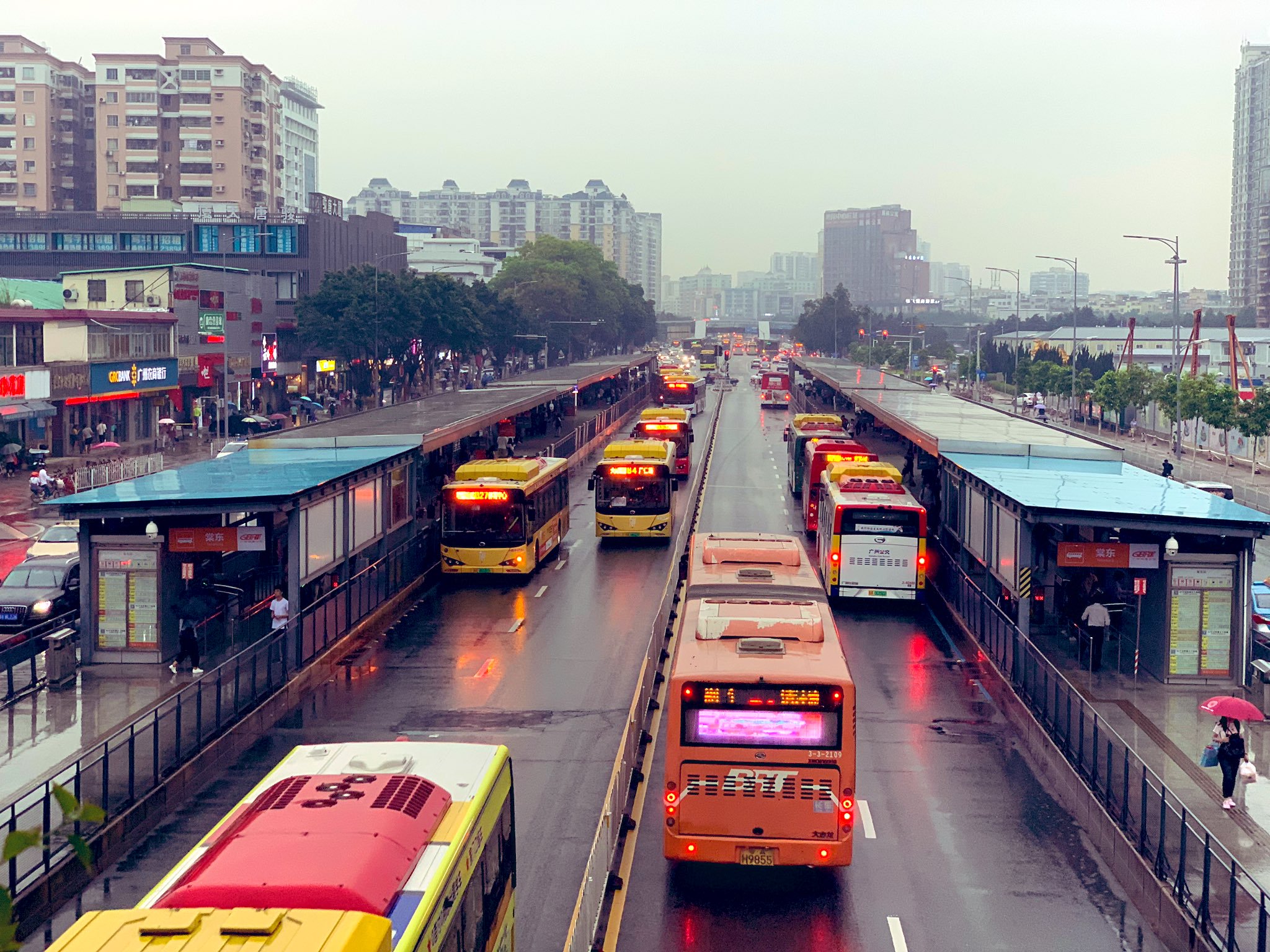In recent years, the concept of free public transportation has gained significant attention worldwide. As cities grapple with traffic congestion, pollution, and accessibility issues, one country has taken a bold step towards addressing these challenges. In this article, we explore the country that made public transport free and delve into the implications, benefits, and potential drawbacks of this groundbreaking initiative.
- The Visionary Country:
Estonia, a small Baltic nation in Northern Europe, became the first country in the world to offer free public transportation nationwide. In 2018, Estonia introduced fare-free public transport, making buses, trams, and trains accessible to all residents and visitors. This visionary move aimed to reduce car usage, promote sustainable mobility, and enhance social inclusivity. - Benefits of Free Public Transport:
2.1. Reducing Traffic Congestion: By eliminating the cost barrier, free public transport encourages people to leave their cars at home, resulting in fewer vehicles on the roads. This reduction in traffic congestion not only improves travel times but also reduces carbon emissions and enhances air quality.
2.2. Promoting Sustainable Mobility: Free public transport aligns with the global push for sustainable transportation solutions. It encourages individuals to choose public transport over private vehicles, reducing the overall carbon footprint and contributing to a greener environment.
2.3. Enhancing Social Inclusivity: Making public transport free ensures that everyone, regardless of their socio-economic background, can access essential services, education, and employment opportunities. It reduces social inequalities by providing equal mobility options for all segments of society.
- Funding and Economic Implications:
Implementing free public transport requires careful consideration of funding mechanisms. Estonia funds its fare-free system through a combination of national and local government budgets, along with revenue from taxes and parking fees. While the initial investment may seem substantial, the long-term economic benefits, such as reduced healthcare costs due to improved air quality and increased productivity, outweigh the financial burden. - Challenges and Drawbacks:
4.1. Increased Demand and Capacity: With the removal of fare barriers, the demand for public transport may surge, potentially overwhelming the existing infrastructure. Adequate planning and investment in expanding capacity become crucial to ensure a seamless and efficient transport system.
4.2. Potential Revenue Loss: The elimination of ticket sales revenue poses a challenge in sustaining the operations and maintenance of public transport networks. Governments must explore alternative revenue streams, such as advertising partnerships or increased taxes, to offset the financial impact.
4.3. Behavioral Shifts: While free public transport encourages a modal shift towards sustainable mobility, it may take time for individuals to change their travel habits. Education campaigns and effective communication are essential to promote the benefits of public transport and encourage its usage.
Conclusion:
Estonia's pioneering initiative of making public transport free has set a remarkable precedent for other countries to follow. By reducing traffic congestion, promoting sustainability, and enhancing social inclusivity, free public transport has the potential to revolutionize urban mobility. However, careful planning, adequate funding, and addressing potential challenges are crucial for the successful implementation of such a transformative policy. As cities worldwide strive for more sustainable and equitable transportation systems, the Estonian model serves as an inspiration and a catalyst for change.

